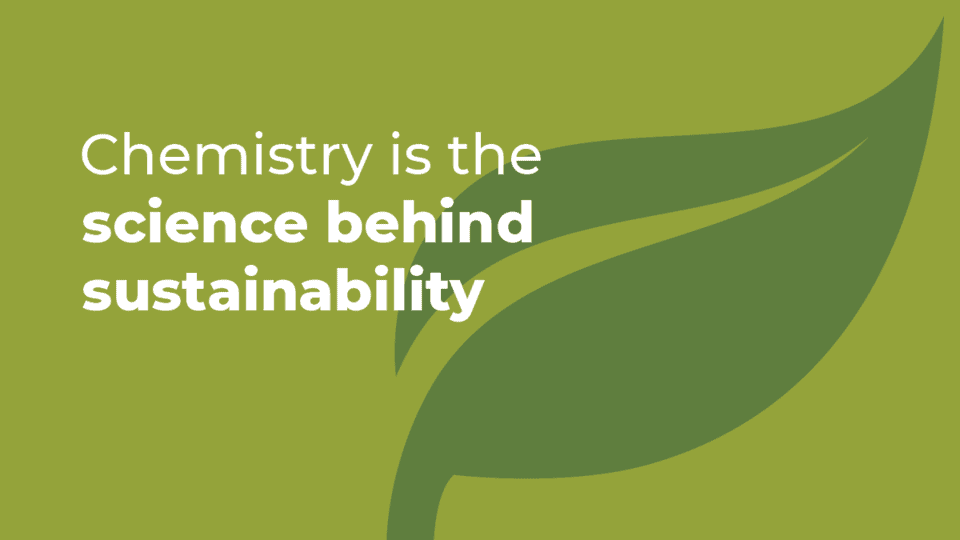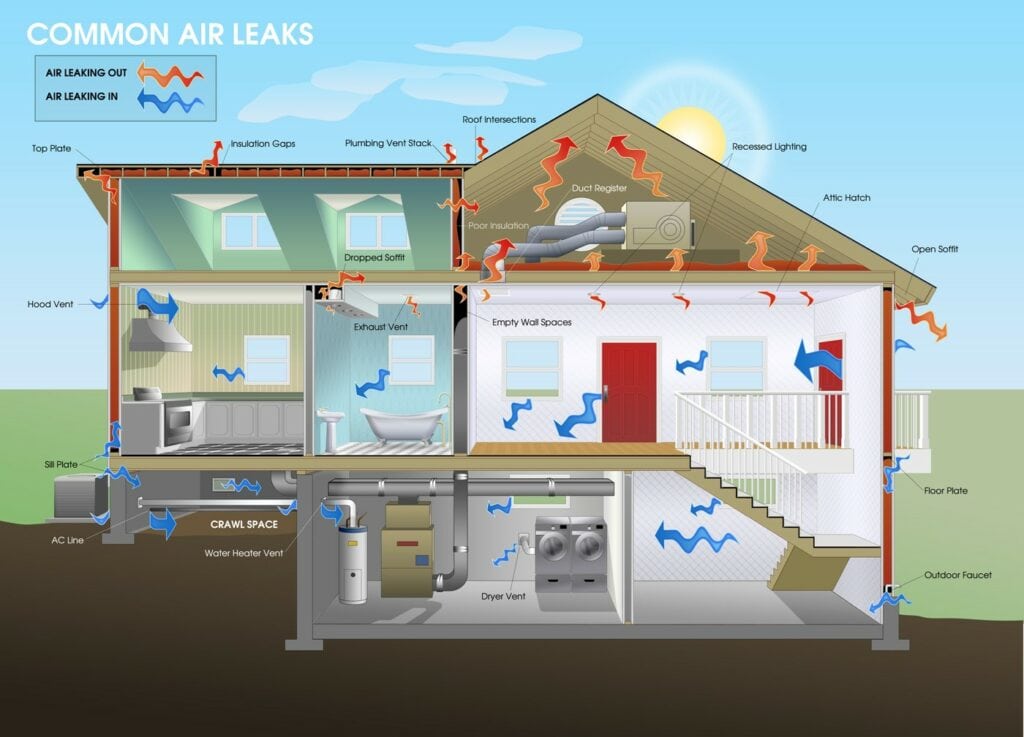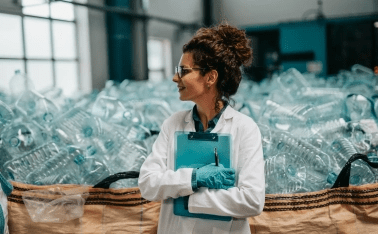
Celebrating National Science Day with the Science Behind Sustainability
February 28, 2023
Many energy efficient, renewable energy and innovative lower-emissions solutions and technologies are enabled by chemistry. From lithium-ion batteries to solar cells and wind turbines, from energy-efficient insulation and windows to lightweight materials for fuel efficient cars and automobiles, chemistry—and the facilities that produce chemistry—are guiding the way forward.
Building Climate Solutions that Save Energy
Expanded use of LED lighting can cut global energy demand – residential LEDs have been found to use at least 75 percent less energy, and last up to 25 times longer, than incandescent lighting.
High-performance building insulation, sealants and wraps help save energy in our homes, offices and factories. Building insulation can save up to 40 times the energy used to create it, while plastic house wrap technology can reduce infiltration of outside air into homes by 10 to 50 percent, helping to dramatically reduce the energy necessary for home heating or cooling.

Reducing Natural Resource Reliance through Circular Plastics
The chemical industry is working to keep plastics out of landfills and the environment by pursuing advanced recycling. Advanced recycling is a process that creates new top-quality plastics out of used plastics, reducing our reliance on natural resources and allowing us to remake “hard-to-recycle” plastics.

Plastics made using these technologies can meet FDA requirements for medical/pharmaceutical/ food packaging that traditional, mechanically recycled plastics often cannot. Advanced recycling uses lower cost raw materials (used plastics) to create higher value products (new plastics) while also improving sustainability.
Over the past few years, more than $7 billion in advanced recycling investments have been announced. This investment could potentially divert 16 billion pounds of waste from landfills each year.
Creating Cleaner Water & Air through Chemistry
American drinking water supplies are among the safest in the world, largely in part thanks to chemistry-based solutions like chlorination. The U.S. Centers for Disease Control and Prevention (CDC) calls drinking water chlorination “one of the greatest public health achievements of the 20th century.”

Chlorine’s disinfection properties have helped improve the lives of billions of people around the world. As you can see, for more than a century, chemistry has enabled solutions to some of the world’s most daunting sustainability challenges.